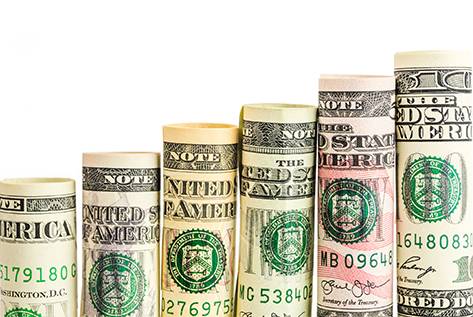The Japanese yen declined on Friday ahead of Sunday’s House of Councillors elections in Japan, with forecasts indicating that the ruling party is at risk of losing its majority. Meanwhile, the US dollar continued to record gains for the second consecutive week against major currencies, supported by strong economic data.
The dollar rose by 0.14% against the yen on Friday to reach ¥148.81, heading toward a weekly gain of nearly 1% against the Japanese currency—larger than its gains against the euro, the British pound, and the Swiss franc.
Part of the yen’s weakness is attributed to Sunday’s elections. Opinion polls indicate that Japan’s ruling coalition is at risk of losing its majority, a development that could lead to political uncertainty and complicate tariff negotiations with the United States.
Derek Halpenny, Head of Global Markets Research for EMEA at MUFG Bank, said: “If the government loses its majority, breaching the ¥150 level per dollar will be likely,” noting that Monday’s trading could be more affected due to low liquidity resulting from a public holiday in Japan.
Halpenny added: “With most other parties calling for more support for households, speculation about additional fiscal spending is likely to drive a further rise in Japanese government bond yields, and thus more pressure on the yen.”
Trade Tensions with Washington
US tariffs add to the pressure on the yen, as Japan—despite being among the countries Washington had expected to reach an early agreement with—has failed to break the deadlock in negotiations on tariffs on cars and agricultural products.
Japan’s chief trade negotiator, Ryusei Akazawa, held talks with US Trade Secretary Howard Lutnick on Thursday, as Tokyo seeks to avoid the imposition of a 25% tariff by the August 1 deadline.
Dollar Strength
In other currency markets, the euro rose by 0.23% to $1.1624, while the British pound posted slight gains to $1.343. However, both currencies are heading for weekly losses due to strong US economic data, which has led traders to reduce expectations for near-term US rate cuts.
Meanwhile, the US Dollar Index, which measures the greenback’s performance against six major currencies, rose to 98.487 points, up by 0.6% this week after a 0.91% gain last week.
Thursday’s data showed that US retail sales rose more than expected in June, while jobless claims for the week ending July 12 fell to their lowest level in three months.
In addition, earlier data this week showed that US consumer prices rose at the fastest pace in five months in June, prompting a shift in market expectations regarding Federal Reserve decisions.
Traders are currently pricing in a potential 45 basis point cut in US interest rates for the rest of the year, down from around 50 basis points at the start of the week.
Political Uncertainty Still Looms
Despite this strength, uncertainty continues to cloud the dollar, amid concerns over expanded government spending driven by President Donald Trump’s large-scale spending plans and tax cuts, along with his repeated criticism of Federal Reserve Chairman Jerome Powell for not cutting rates.
Despite recent gains, the dollar index remains down by 9.15% since the beginning of the year, following sharp selloffs in March and April when Trump’s erratic trade policies shook confidence in US assets, causing the dollar, Treasury bonds, and US stocks to fall simultaneously.
Other Market Moves
-The Swiss franc recorded a slight move to 0.8026 francs per dollar.
-Bitcoin remained above the $120,000 mark after reaching a historic peak this week at $123,153.22, supported by the US Congress’ passage of a law regulating dollar-linked digital currencies (so-called “stablecoins”).


